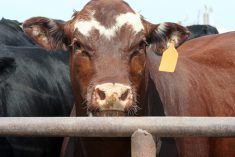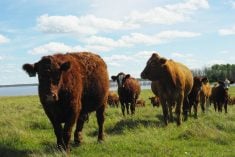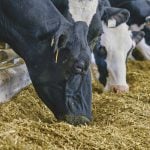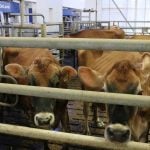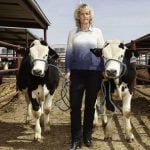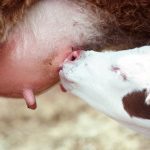Compared to last week, western Canadian feeder cattle markets traded $2-$5 higher on average. Auction barns had limited numbers on offer but strong buying interest surfaced for quality packages. Alberta feedlots were the main buyers setting the price structure.
There were two main factors enhancing demand this week. First, U.S. packers started to show some very strong basis levels for the first quarter of 2020. Secondly, new-crop feed barley prices are trading in the range of $225-$240 per tonne delivered Lethbridge, down $40-$50 per tonne from old-crop prices. While nearby margins are in negative territory on unhedged cattle, profitability appears to return late in the fourth quarter of 2019 and the first quarter of 2020. Feedlot operators were very anxious to lock in positive margins in the deferred positions.
Read Also
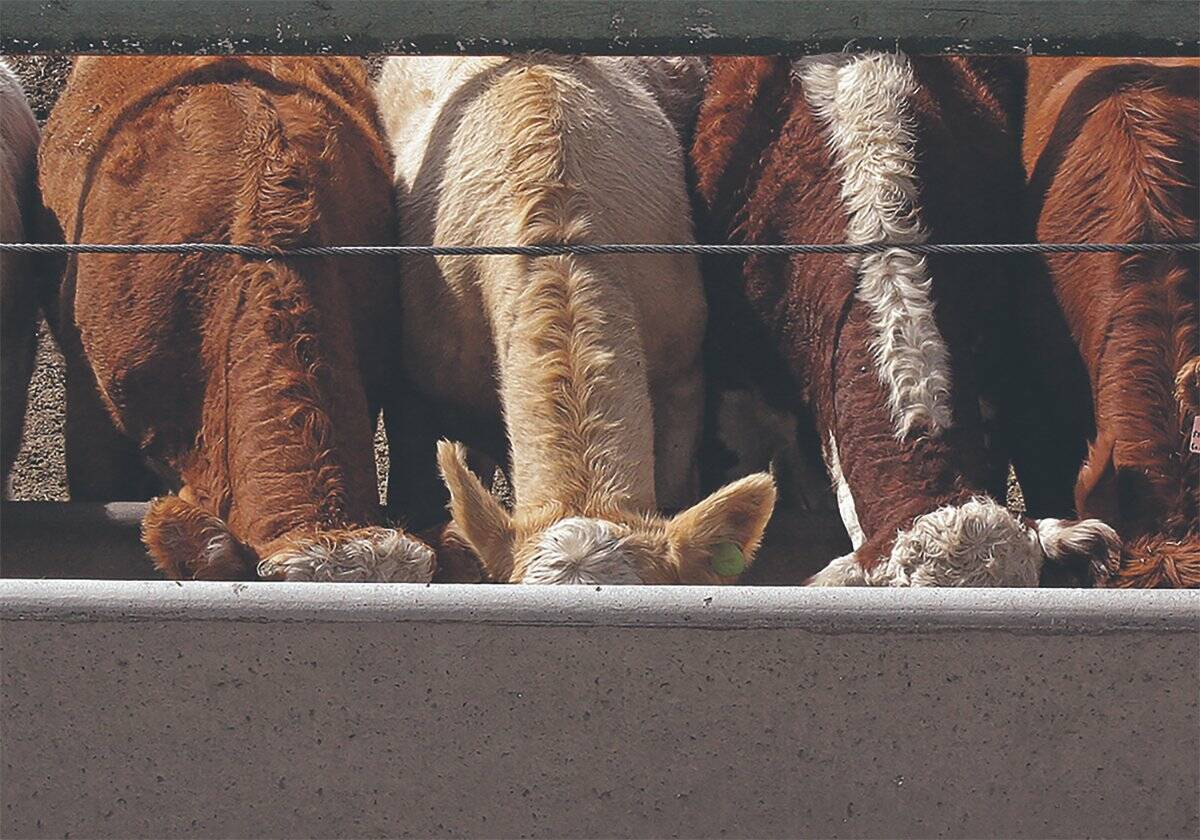
U.S. livestock: Cattle futures sink on concerns over Trump’s push to lower prices
Chicago | Reuters – U.S. cattle futures tumbled on Monday, extending a steep slide after President Donald Trump complained last…
In central Alberta, medium- to larger-frame tan mixed steers with lower flesh levels averaging 810 lbs. were quoted at $192; mixed heifers weighing 840 lbs. were valued at $162 in the same region. In northern Alberta, larger-frame tan mixed steers averaging just under 700 lbs. were valued at $204 while similar-quality and -weight heifers were quoted from $170 to $173.
In southern Alberta, mixed steers weighing 610 lbs. were valued at $219 landed in the feedlot. Near Lethbridge, steers weighing 500-525 lbs. were valued in the range of $218 to as high as $230. Prices were quite variable across Western Canada on calves under 650 lbs. Prices in Manitoba and Saskatchewan traded at traditional freight spreads to the Alberta market.
The U.S. Department of Agriculture’s world agricultural supply and demand estimates (WASDE) report was considered constructive for the beef complex. U.S. third-quarter beef production was lowered by 60 million lbs. and fourth-quarter beef production was adjusted downward by 25 million lbs. U.S. feeder cattle numbers are lower than expected and we expect to see feedlot placements come in below year-ago levels on the June and July Cattle on Feed reports. This fall, Western Canadian yearling numbers are expected to be down four to six per cent from year-ago levels. The commercial trader was a net buyer of feeder cattle futures on the recent commitment of traders’ report. The October contract closed at US$142.85 on Friday, up nearly $4 from seven days earlier. There is some positive fundamental news coming forward in the feeder market.
— Jerry Klassen manages the Canadian office of Swiss-based grain trader GAP SA Grains and Produits Ltd. and is president and founder of Resilient Capital, specializing in proprietary commodity futures trading and market analysis. Jerry consults with feedlots on risk management and writes a weekly cattle market commentary. He can be reached at 204-504-8339 or via his website at ResilCapital.com.




